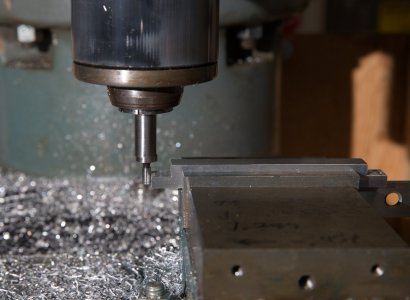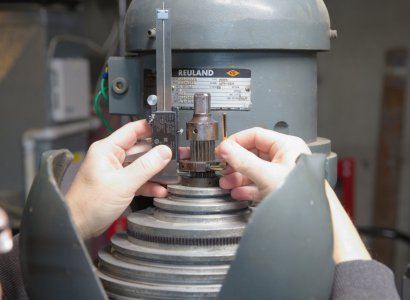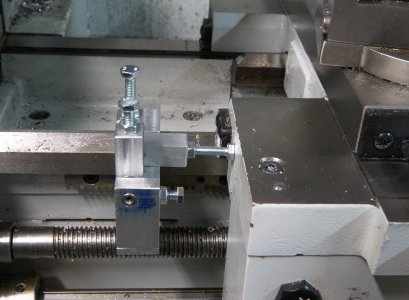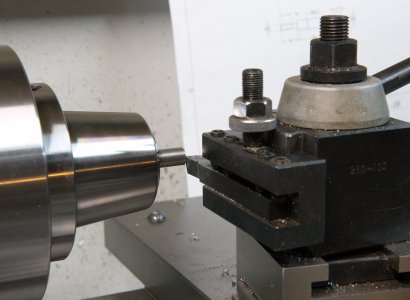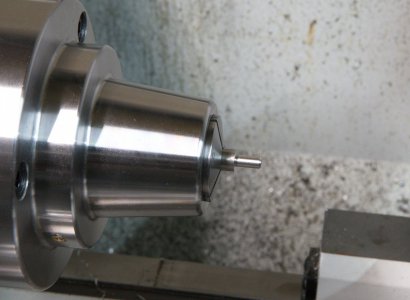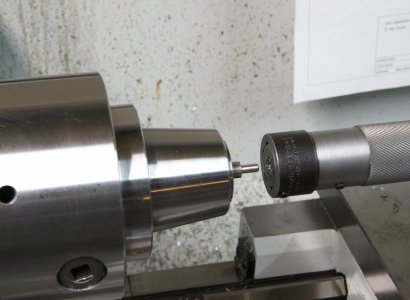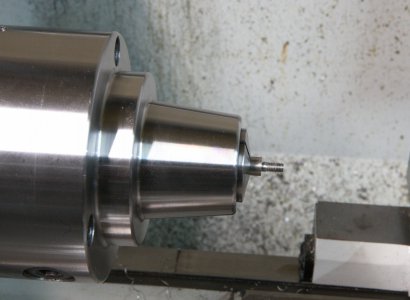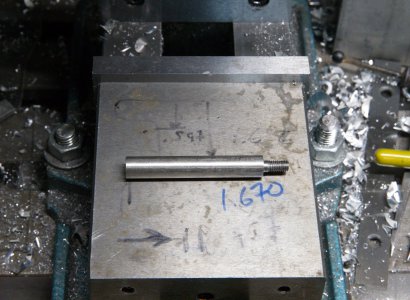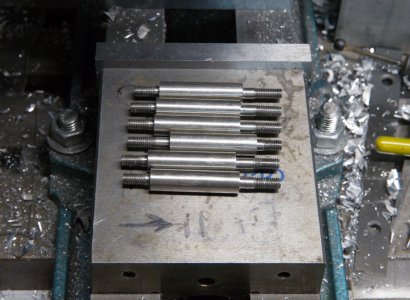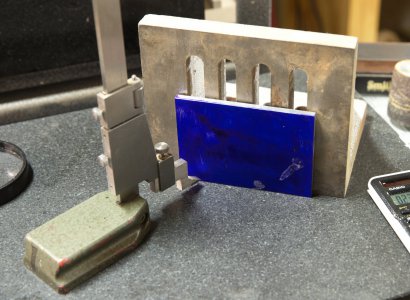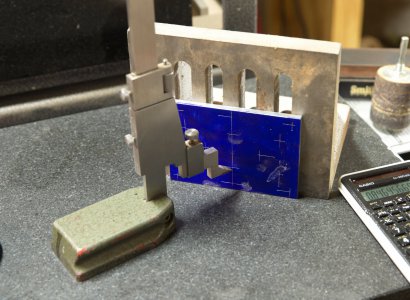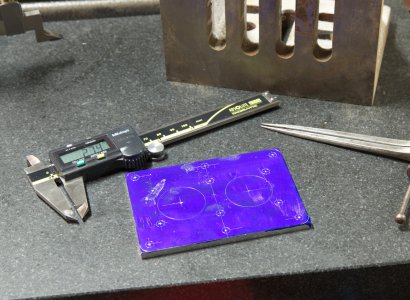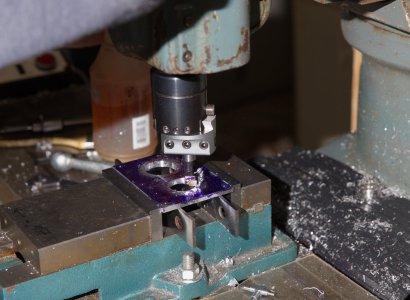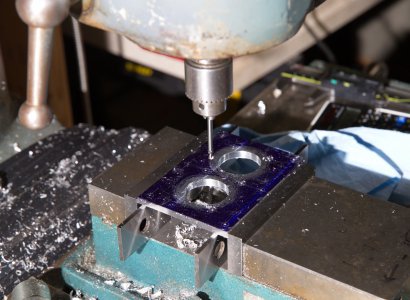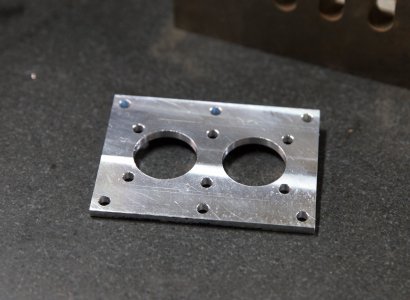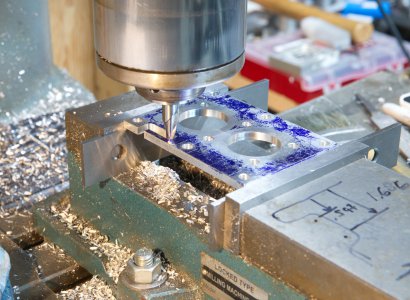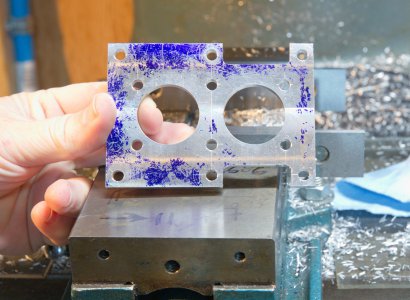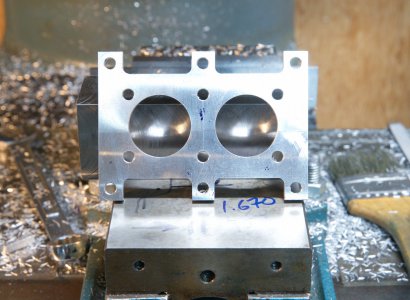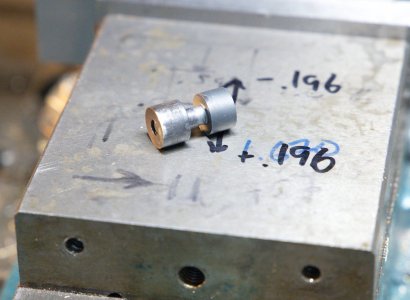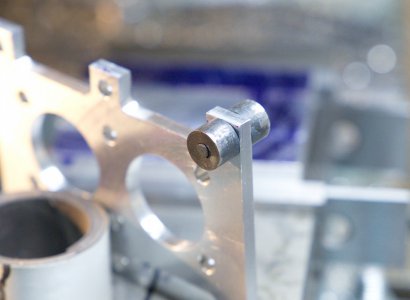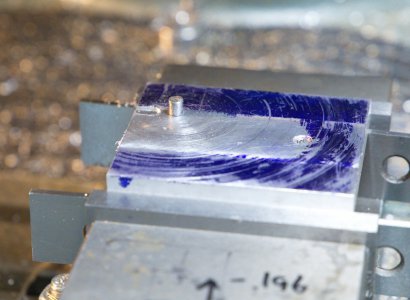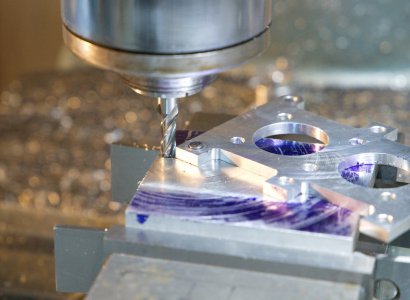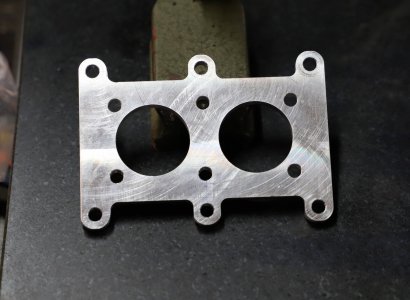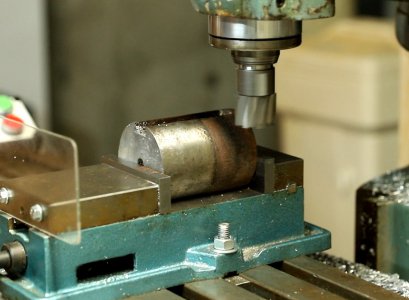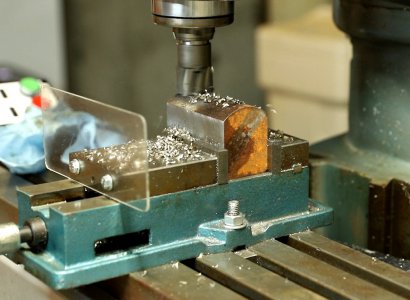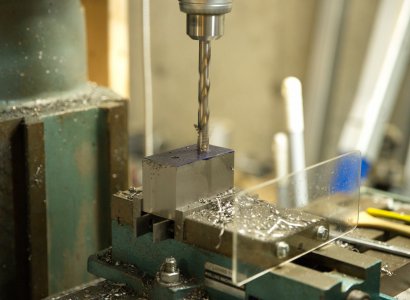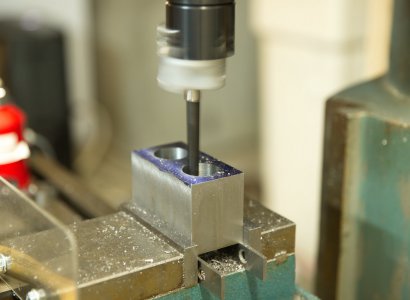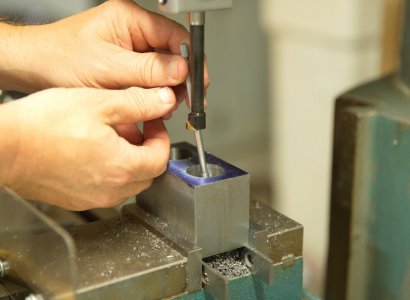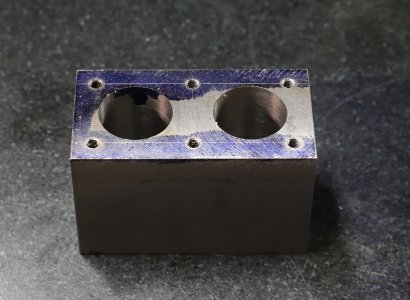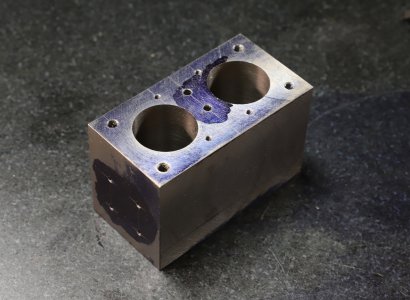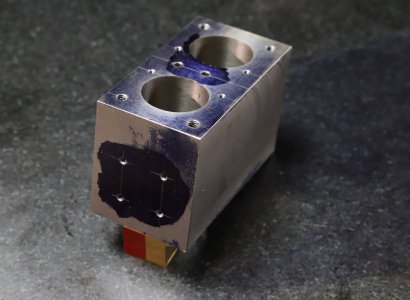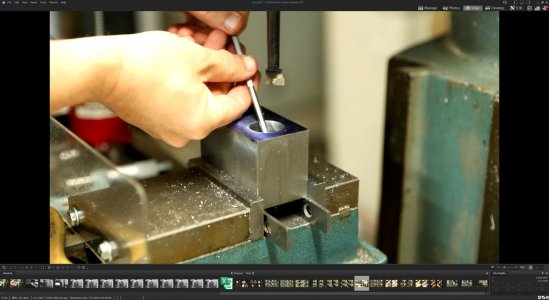I started working on this Elmer Verburg Open Column Twin steam engine and took the drawings and converted them to metric as well as upsizing it by about 2x. The piston diameter is 28mm scaled up from 3/4" (19mm). I didn't want to try building something as small as the original, but with the cost of materials today, I probably should have! I can't find the original link were I found the drawings for it, but here is a link to someone that created metric drawings for it and even bigger than I did. He also rounded a lot of corners that were not in the original, as well as making some other modifications such as adding bearings for the crankshaft that wasn't in the original. http://www.modelesavapeur.com/telechargement7/elmer-44.pdf
I modeled this in Fusion360 and created my drawings for it with tolerances since the original was a bit vague on what to use. The first picture is the model from Fusion.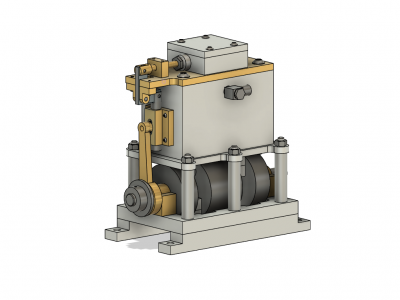
I started with the base of the model making the two rails. These have a mounting hold on each end in the step, and are threaded in three places for the columns. Once I had the rails to size, I cut the steps on each end.
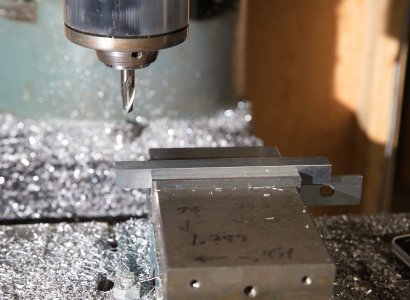
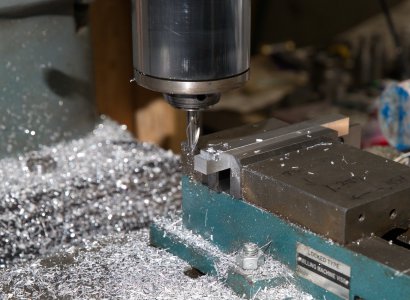
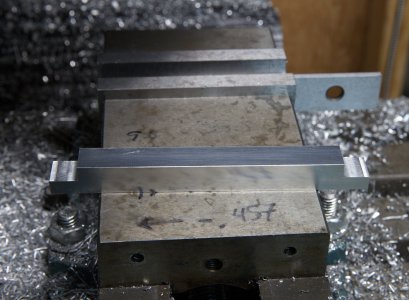
Next the holes are drilled and the threaded holes for the columns made.
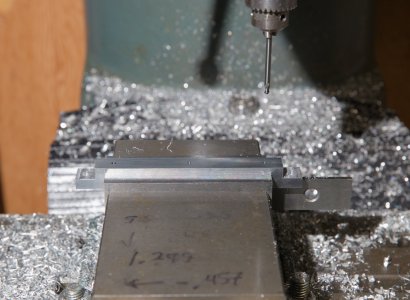
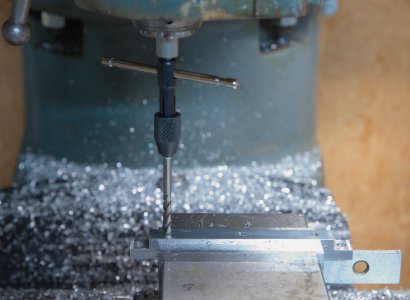
Mounted above the rails is the frame. I started with a piece machined to the proper size and then plunged an end mill to cut out the center. After the center plug was removed, the inside was cleaned up to the proper dimensions.
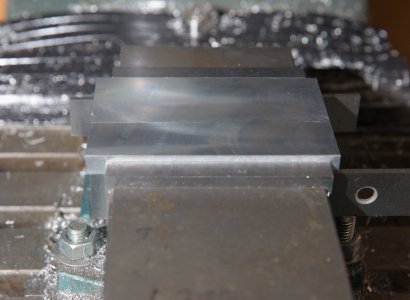
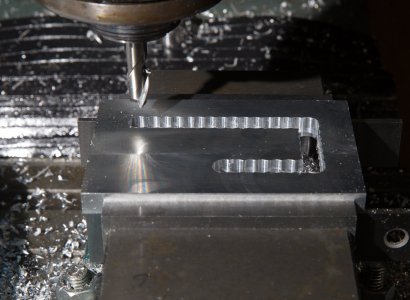
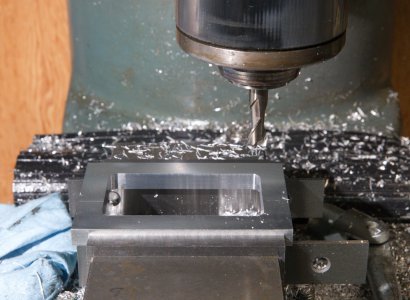
The next step is to add the through holes where the columns thread into the base rails and add countersunk holes for the bearing blocks. Sorry for the crappy picture, I'm working on getting better lighting for the camera.
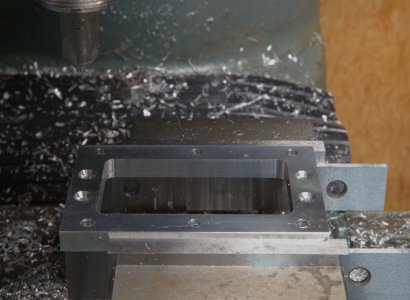
Next post will be making the 6 columns.
I modeled this in Fusion360 and created my drawings for it with tolerances since the original was a bit vague on what to use. The first picture is the model from Fusion.

I started with the base of the model making the two rails. These have a mounting hold on each end in the step, and are threaded in three places for the columns. Once I had the rails to size, I cut the steps on each end.



Next the holes are drilled and the threaded holes for the columns made.


Mounted above the rails is the frame. I started with a piece machined to the proper size and then plunged an end mill to cut out the center. After the center plug was removed, the inside was cleaned up to the proper dimensions.



The next step is to add the through holes where the columns thread into the base rails and add countersunk holes for the bearing blocks. Sorry for the crappy picture, I'm working on getting better lighting for the camera.

Next post will be making the 6 columns.


